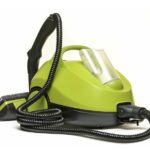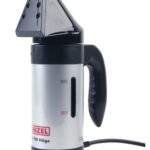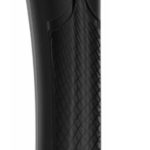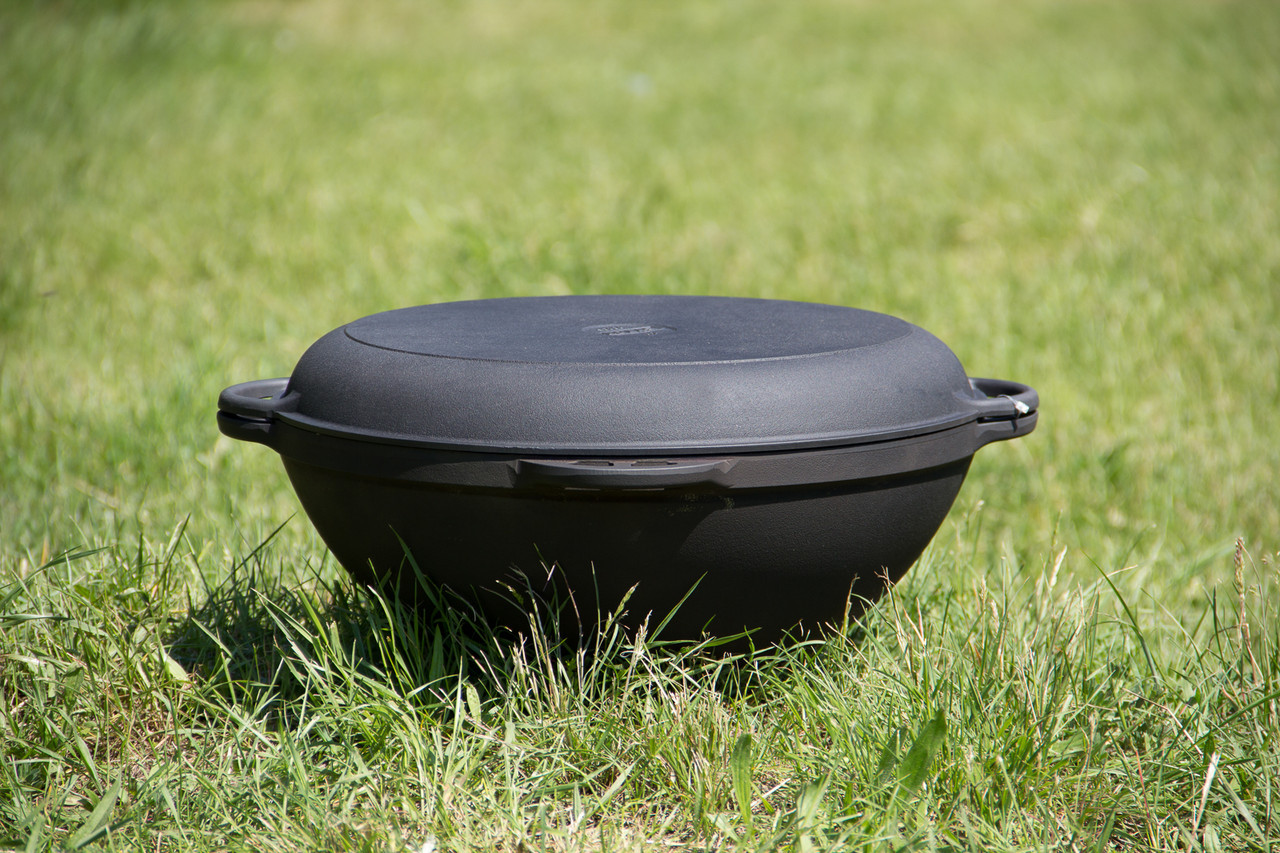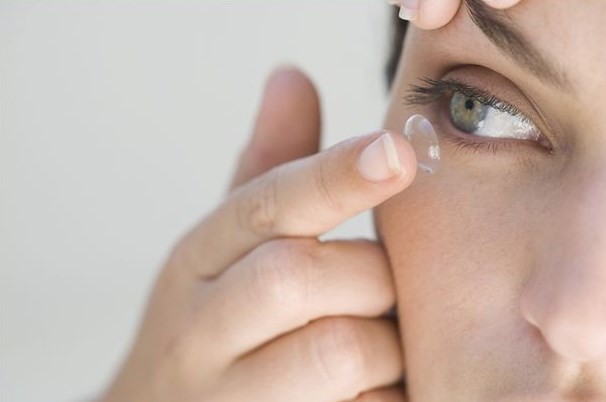How to choose a cauldron?
Eastern culture and food preparation are inextricably linked with the cauldron. This is a unique dish in which dishes are tasty and rich. Most often they are made from cast iron and cooked over a fire. Many housewives who prefer treats from different nations of the world buy dishes for themselves and use them at home on the stove. The issue of choosing the right product is relevant.
The content of the article
Which cauldron is better to buy?
Despite the fact that cast iron cookware immediately appears in the picture, which at the same time looks like a deep frying pan or saucepan, it is made from different materials. Today you can find aluminum, copper or steel on sale. models.
The presented options have their advantages. There are a number of factors to consider when choosing kitchen utensils.
What material to choose a cauldron from?
This is the first criterion by which dishes are selected. Cast and stamped products are available for sale. The second option is suitable for a tourist kettle. They are light and do not weigh down your hand luggage during long journeys.

Cast dishes are thick-walled cauldrons with a wide bottom. They do not have connecting seams and are durable. Let's look at the main types of materials used to make a cauldron:
- Cast iron. It is great for cooking over an open fire. Thanks to its porous structure and thick walls and bottom, it heats food evenly and strongly, cooking and retaining all the juices.You need to choose a high-quality, heavy cauldron - its price will not be cheap.
- Aluminum. An ideal solution for hiking conditions. With all their advantages, thick walls and elasticity, they weigh less than cast iron. More often they are made in the shape of a cauldron and coated with a non-stick coating. Otherwise, the food will burn on an open fire. Otherwise, this is an excellent material for a cauldron, which will allow you to cook your favorite dishes with taste.
- Copper. Such dishes are not made on an industrial scale and are not used for classic oriental dishes in a cauldron (pilaf, shurpa). Its purpose is to prepare meat treats and poultry dishes. This is due to the material being too thin, on which the pilaf will burn.
- Steel. Such cauldrons are preferred in Europe, since cast iron is not very valued there. The metal is coated with non-stick coating. However, such utensils are not suitable for cooking over an open fire; more often they are used as a roasting pan or a roasting pan.
For our country, cast iron kitchen utensils are more common. It lasts for many years, and over time it only becomes stronger due to constant hardening during cooking.
Additional selection criteria
Before purchasing, make sure that the selected model is suitable for your type of stove. Provided that the dishes will be used for cooking at home and not outside. For example, induction cookers require a ferromagnetic alloy bottom coating. For electric and gas cookware, flat-bottomed cookware made from the listed materials is suitable. You can purchase an adapter for even heating.
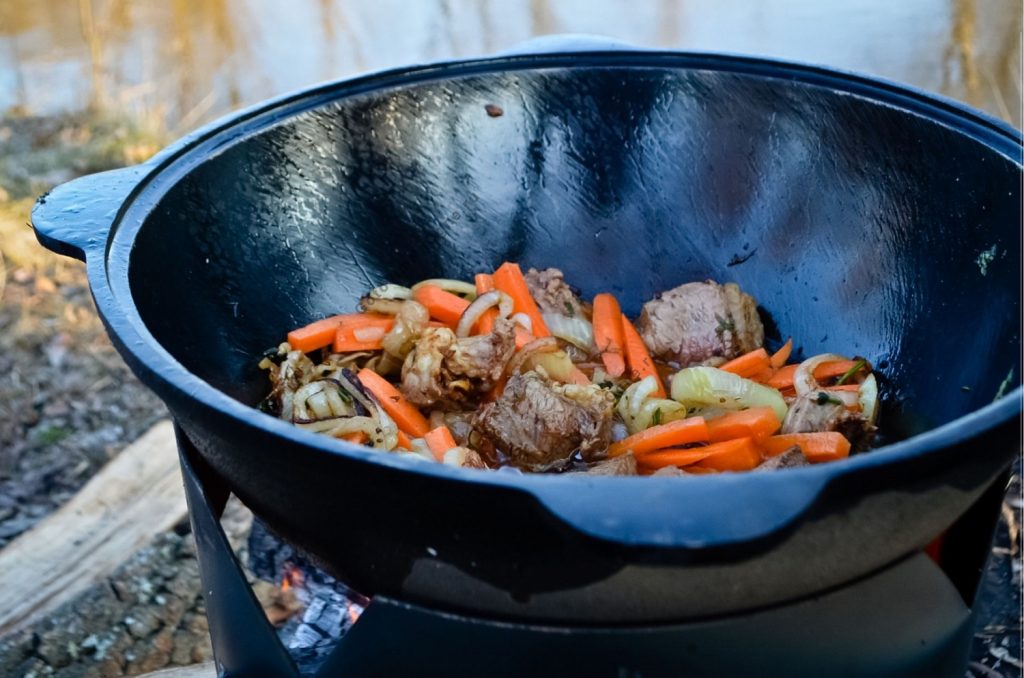
As for the manufacturer, give preference to companies from Central Asia. The production of this type of tableware has been established there for a very long time. In our country there are also companies that produce excellent kitchen utensils.Be prepared for the fact that a heavy, high-quality product will be expensive.
Advantages of a cast iron cauldron
The many advantages of this type of material indicate its durability, quality of cooking and “indestructibility”. With proper preparation for first use and subsequent care, the cauldron will last for decades.
Thick walls and a tightly fitting lid distribute heat evenly and retain it for a long time, heating food slowly and gradually. This technique clogs the beneficial properties of food.
With regular cooking, a thin oil film appears on the surface of the porous material. It serves as a natural non-stick coating that cannot be removed or damaged. Thanks to the coating, dishes turn out much tastier and do not burn.
A cauldron is an indispensable piece of utensils for lovers of Asian cuisine. In an ordinary saucepan or frying pan you will never be able to cook rich, aromatic pilaf using centuries-old technology or tasty rich shurpa.

